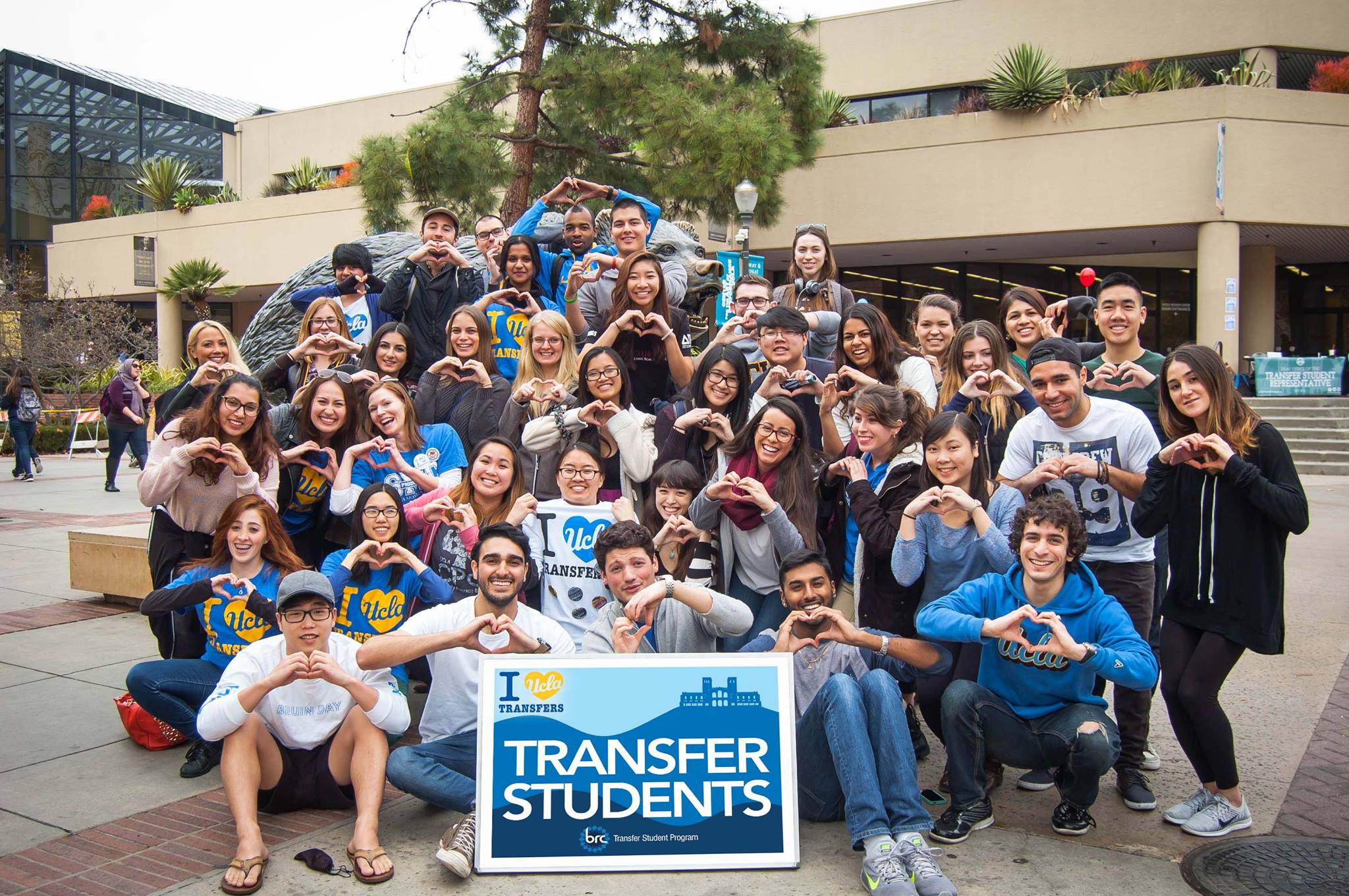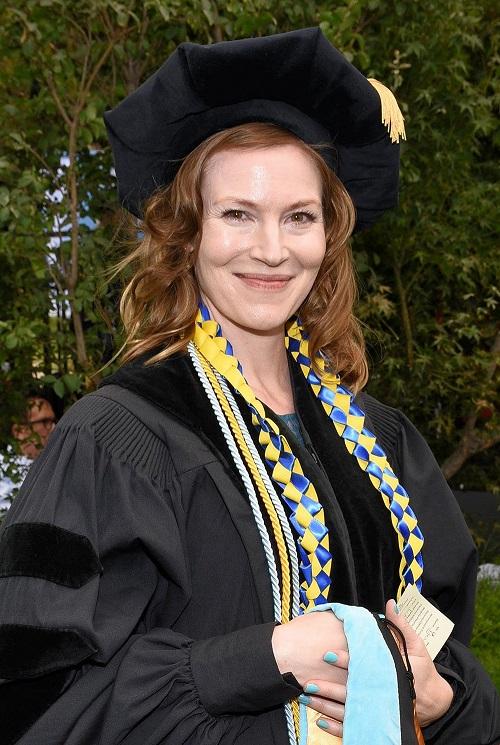
Community College Month Reflection: The Importance of Transfer
Blog Post
What’s your transfer story? The day after high school graduation, I moved to Los Angeles with my bicycle and 200 bucks. I loved theater and acting and wanted to pursue a career in film and television—but I also loved learning, and dreamed of getting my bachelor's degree.

In L.A., I was lucky to work as an actress working on terrific shows and films—and to land right away amid the palm trees at Santa Monica College (SMC), a local community college. As much as I loved acting, I found myself constantly running back to my trailer to study, and I spent almost all my time on set talking to other actors about the opportunities of community college. You could say I was a walking advertisement for community college!
In my 30s, I spent more time at SMC—talking with faculty, working on student advocacy, and doing research. After I skipped auditions to go to the library or audit a class that interested me, my agent and I wondered if it was time for me to make a shift and pursue a career in higher education. I made a plan to finish the SMC courses I needed to transfer. After completing my associate's degree in psychology, I transferred to UCLA at age 36! I went on to get my Doctorate in Education Leadership with a research focus on–this won’t surprise you–the experience of community college women over age 25 who transfer to pursue their bachelor's degree.
What do you wish the public knew about community colleges?
Community colleges are where it's at! They offer so much value for students, from the smaller class sizes that can lead to deeper connections with faculty, to flexibility, location, affordability…the opportunities at community colleges are abundant!
Also, the reality for many is that jobs change, careers evolve, and community colleges provide a flexible and affordable space to explore your interests.
My advice for friends and families discussing post-graduation plans with a student: Talk about community college as you would any other college because that’s what community college is: college. (And an amazing, often local, option.)
What would you say to four-year institutions about transfer?
First, talk to your transfer students and ask about their experience. Students are the true experts here—they are the ones navigating transfer pathways every day.
Next, work on cultivating a transfer-affirming culture. Transfer students need support from everyone at the institution, not just the person with “transfer” in the title. Foster a campus culture that provides transfers with a sense of belonging; encourage them to share their community college experience. They are bringing rich social and cultural capital to your campus—celebrate that!
Why is it important to invest in improving transfer?
Community college transfer educators work in service of the pressing national need to increase equity in bachelor’s attainment. In my view, justice looks like reforming old and building new systems so no one has to learn to navigate inequitable, unfair, and convoluted educational pathways. As policy shapers, education practitioners, and transfer advocates, we all have a role to play in tearing down systems that do not serve our students—especially those who most need opportunity.

What is the Transfer Intensive, and why is it important?
It’s a one-year initiative consisting of monthly sessions designed to support partnerships between community colleges and members of the American Association of State Colleges and Universities to advance practices and policies that improve transfer student success and make transfer more equitable.
At the core of the Transfer Intensive is a reality: transfer is a shared responsibility between community colleges and four-year institutions. To truly make transfer success possible, we need a strong coalition of educators, practitioners, students, mentors, faculty, and staff.
Transfer student success is about far more than the transfer of credit from one institution to another. It is about the throughline from high school to career—from the workforce to school and back to the workforce. Transfer student success is about innovating and collaborating to deliver the support, mobilization, and flexibility that students need. I know: I’ve lived it myself.
Heather Adams is a senior program manager at the Aspen Institute College Excellence Program, leading the development of transfer initiatives.
